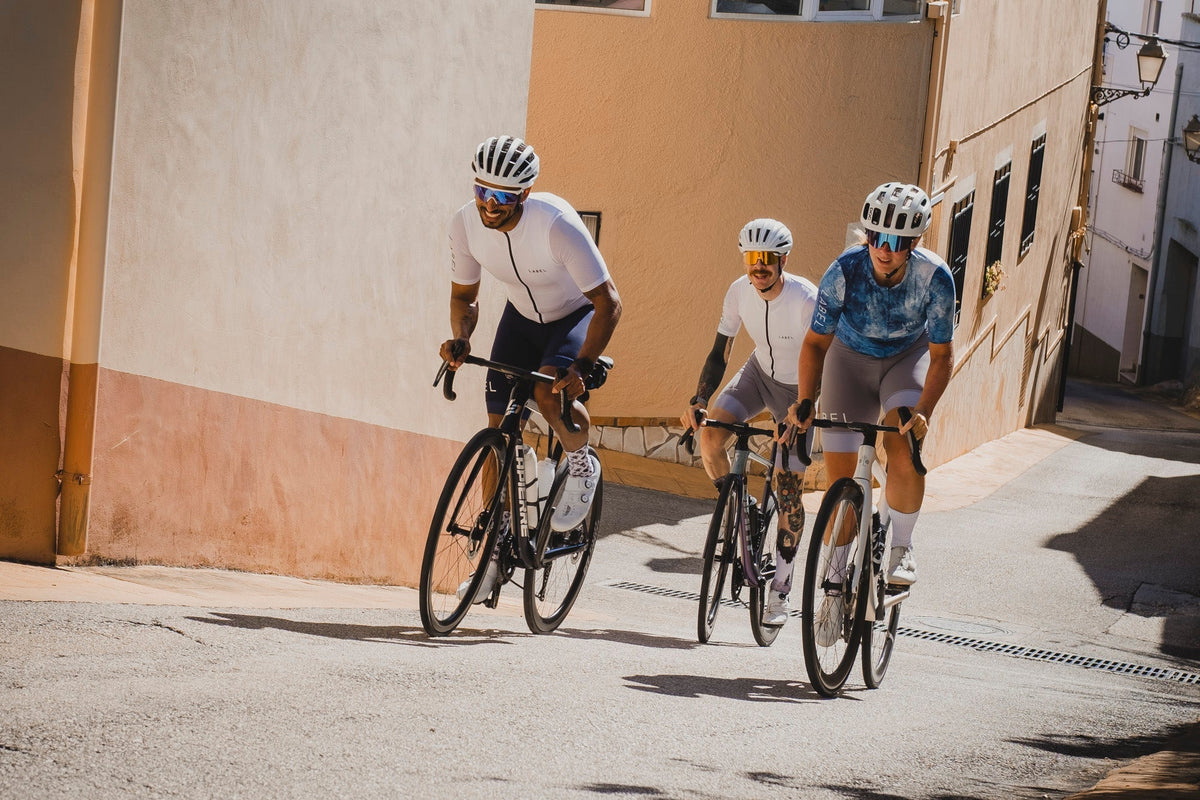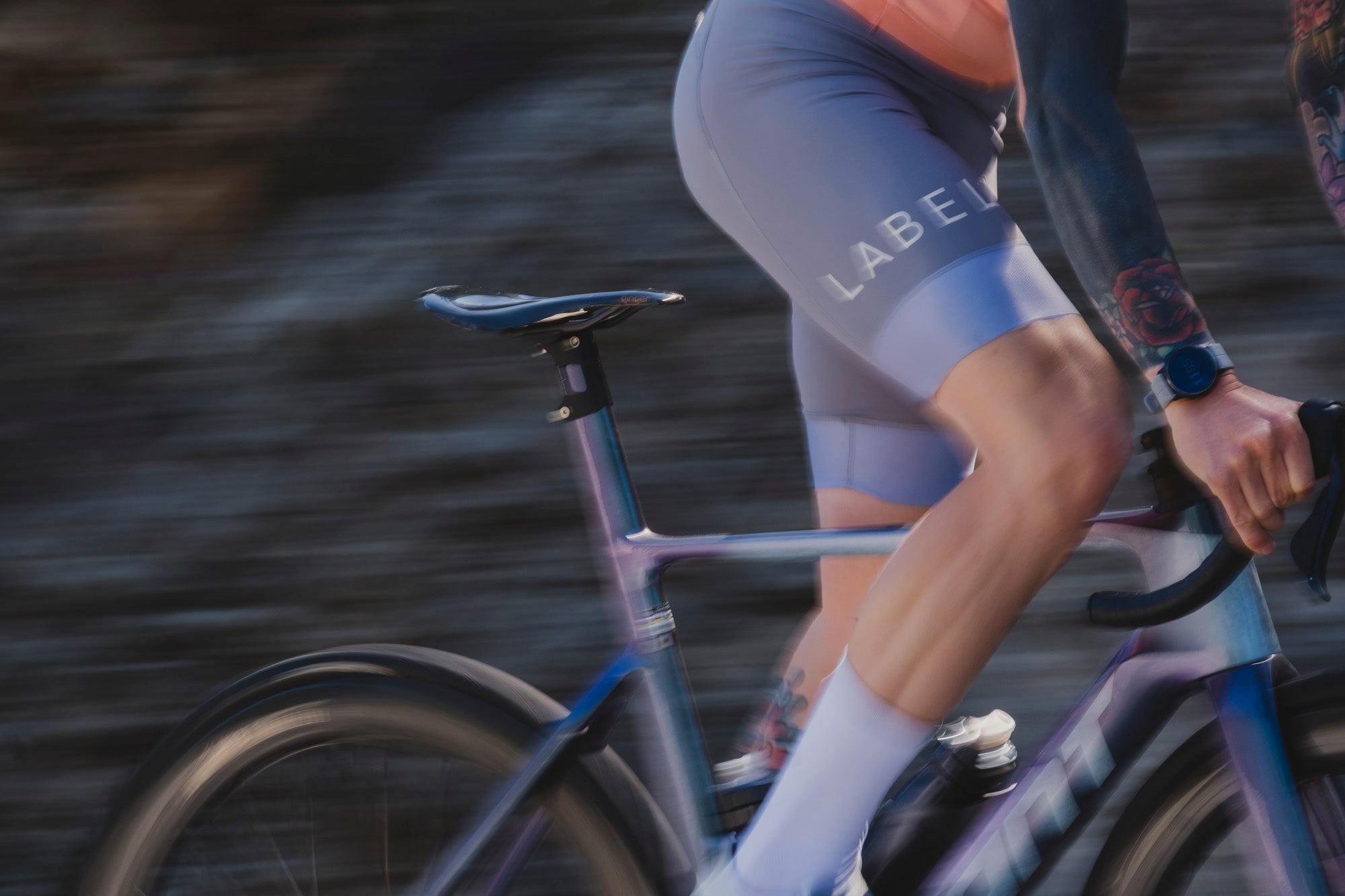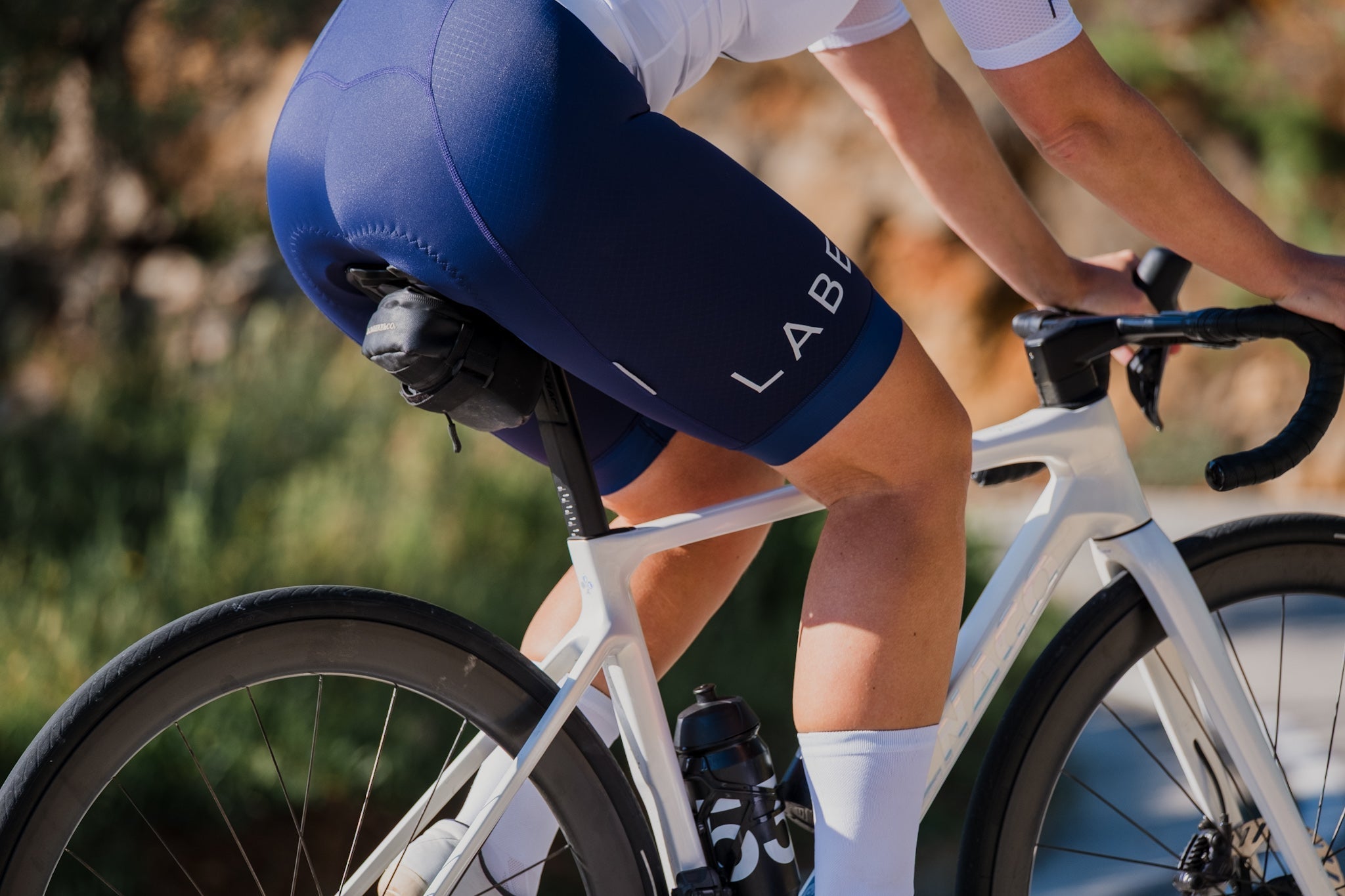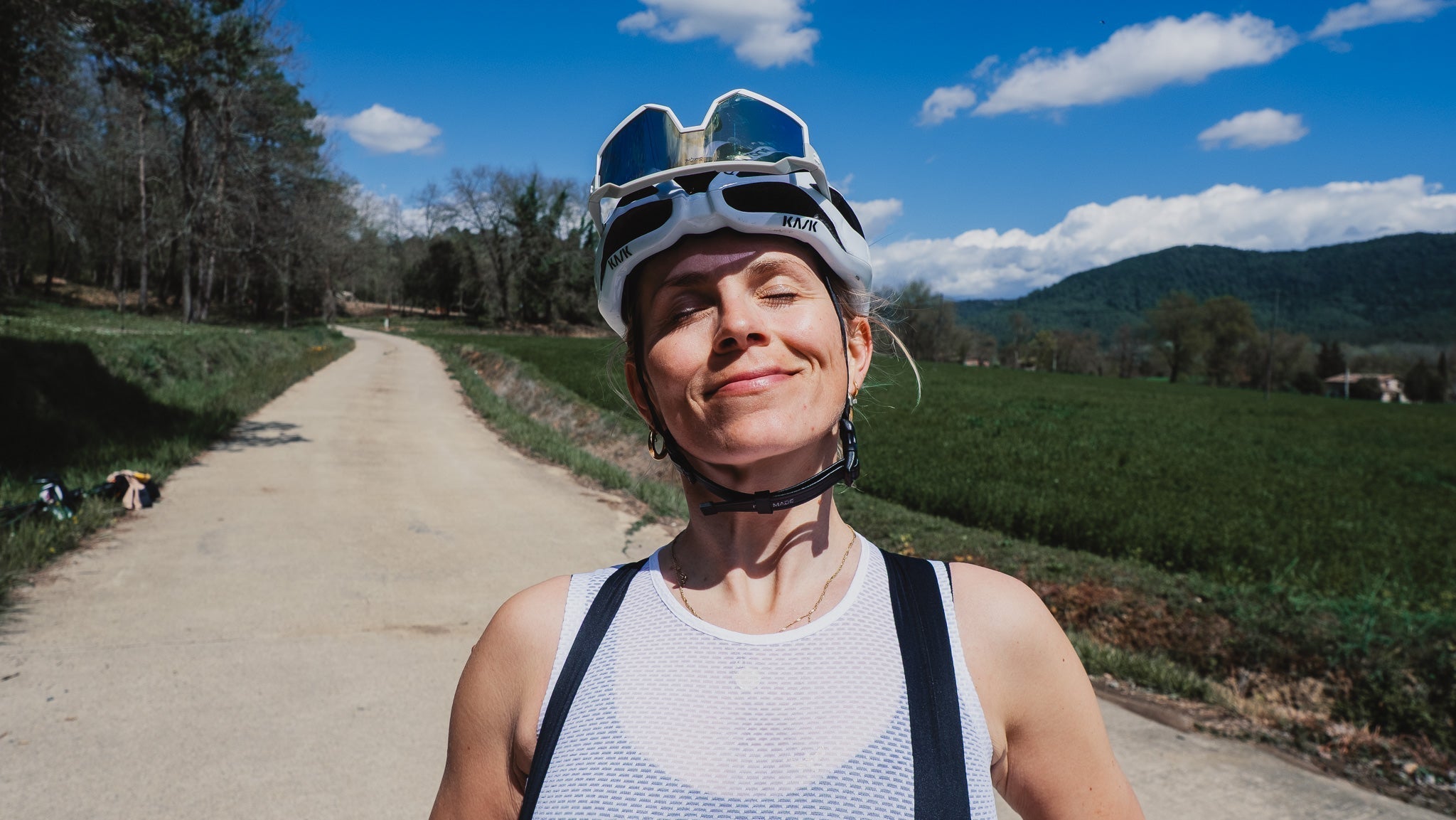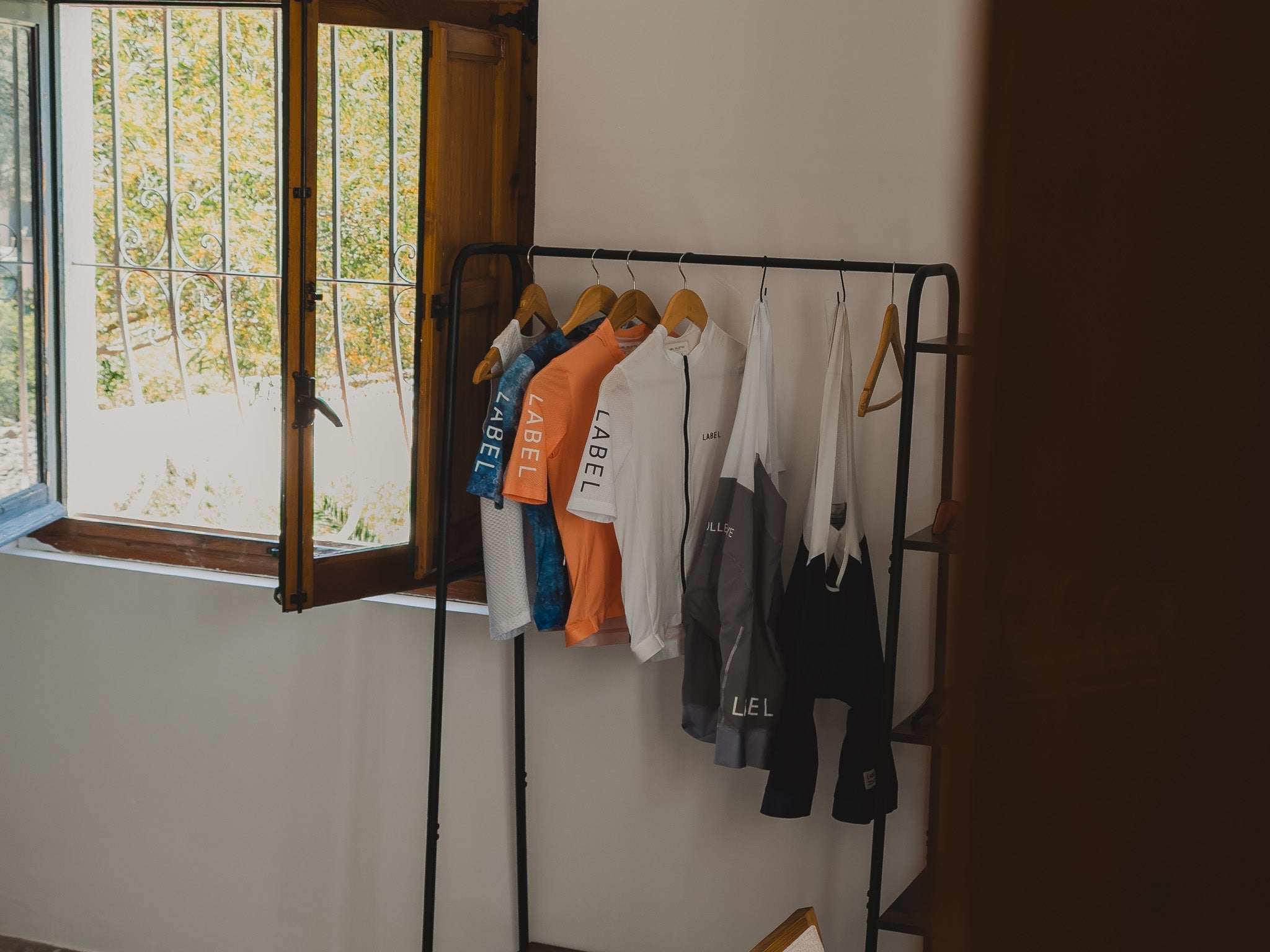
Buďme úprimní. Väčšina ľudí nepremýšľa o tom, z čoho je vyrobený ich cyklistický dres. Vlastne nie. Záleží im na tom, ako im sedí, či sa v ňom cítia príjemne a možno aj na tom, či sa farba hodí k zvyšku ich výstroja. To je fér.
Ale čo keby ste mohli mať dres, ktorý spĺňa všetky tieto požiadavky a je tiež vyrobený z recyklovaných materiálov?
To sme chceli, keď sme začali vyvíjať náš vlastný. Nie niečo, čo by vyzeralo ekologicky len tak pre nič za nič. Nie niečo, čo by vás nútilo robiť kompromisy v oblasti výkonu. Len dres, ktorý by ste naozaj chceli nosiť, a ktorý bol náhodou vylepšený.
Prečo recyklované?
Na svete je dosť dresov. Vlastne až príliš veľa. A väčšina z nich je vyrobená z panenského polyesteru, ktorý je vyrobený z fosílnych palív a zanecháva stopu, ktorá nám nesedí. Jazdíme vonku. Záleží nám na miestach, ktorými jazdíme. Vyrábať oblečenie, ktoré problém ešte zhoršuje, sa nám zdalo nesprávne.
Tak sme sa začali pýtať: vieme to urobiť lepšie?
Ukazuje sa, že áno. Recyklované materiály prešli dlhú cestu. Sú ľahšie, elastickejšie a priedušnejšie ako kedysi. Nie všetky recyklované látky sú však rovnaké. Niektoré stále zlyhávajú. Niektoré sú pevné. Niektoré sa rýchlo opotrebujú. Takže sme testovali a znova testovali, kým sme nenašli niečo, čo by fungovalo nielen z hľadiska udržateľnosti, ale aj na skutočné jazdenie.
Čo tu znamená „recyklované“?
Keď hovoríme recyklovaný, máme na mysli látku vyrobenú z vecí, ako sú plastové fľaše po spotrebe alebo priemyselný odpad. Vlákna sa rozložia a opäť spriadajú do novej priadze. Odtiaľ sa z nich tká výkonná látka. Nie je recyklovaná ani nekvalitná. Funguje tak, ako by mali kvalitné cyklistické dresy.
Používame ho vo všetkých našich kolekciách. Či už si prezeráte naše dámske cyklistické dresy alebo si prezeráte pánske dresy , v jadre každého kusu nájdete recyklovaný materiál.
Nie ako doplnok. Ako základ.
Naozaj sa cítia dobre?
Krátka odpoveď? Áno. Dlhá odpoveď? Nepoužívali by sme ich, keby to tak nebolo.
Boli sme na jazdách, kde sa dres počas prvej hodiny cítil skvele. Potom sa vrecká previsli. Alebo sa látka začala lepit na divných miestach. Alebo sa švy odierali pod pazuchami. Tieto veci si všimnete až po niekoľkých stúpaniach. Vtedy na detailoch záleží.
Zamerali sme sa teda na pocit. Naše dresy sú ľahké, mäkké a priedušné, a to aj v horúcich dňoch. Dobre odvádzajú pot. Zadný panel sa naťahuje bez toho, aby sa deformoval. Predná časť si drží tvar. Zipsy sa kĺžu. Sú to síce drobnosti, ale prispievajú k pohodliu.

Fitness je stále na prvom mieste
Udržateľnosť nič neznamená, ak vám dres nesedí. Nebudete ho nosiť. To je zbytočné úsilie, ktoré v podstate popiera pointu.
Naša filozofia strihu je jednoduchá: dres by mal kopírovať vašu polohu na bicykli. Nie príliš tesný, keď stojíte, ani voľný, keď ste v dolnej časti. Strávili sme veľa času úpravou strihu tak, aby sa dres pohyboval s vami. Nie proti vám.
Ak si nie ste istí, akú veľkosť si vybrať, zostavili sme sprievodcu, ktorý vás prevedie kľúčovými mierami. Nájdete ho tu .
Strih, ktorý vyhovuje každému
Neveríme v to, že stačí jednoducho zmeniť veľkosť pánskeho dresu a nazvať ho dámskym. Takýto prístup míňa pointu. Naše dresy sú unisex, ale sú navrhnuté tak, aby správne sedeli mužom aj ženám. To znamená premyslené strihy, vyvážené proporcie a testovanie na rôznych typoch postáv.
Rukávy sú tvarované tak, aby pekne sedeli na rukáve. Lem drží bez toho, aby sa vyhrnul. Je tu priestor tam, kde ho potrebujete, a opora tam, kde nie. Rovnaký materiál, rovnaký výkon, žiadne kompromisy.
Môžete si prezrieť naše dámske a pánske cyklistické dresy a nájsť si ten pravý.
Vydržia recyklované dresy?
To bola jedna z našich prvých otázok. Pretože ak sa to opotrebuje do roka, aké je to vlastne udržateľné?
Naše prvé vzorky nosíme už viac ako dve sezóny. Stále držia. Farby zostávajú ostré. Látka sa nestenčila. Švy sú pevné. Veľa z toho závisí od kvality spracovania, nielen od materiálu. Naše dresy vyrábame v malých sériách v Európe a pred odoslaním každý kus kontrolujeme.
Radšej zarobíme menej a urobíme to správne.
Pravdepodobne si nevšimnete, že je recyklovaný
A možno je to aj dobrá vec. Naše dresy sa necítia inak. Nevyzerajú inak. Nemajú žiadnu zemitú textúru ani matný odtieň. Sú to len čisté, priedušné dresy, ktoré majú navyše lepší príbeh.
Niektorým jazdcom veľmi záleží na udržateľnosti. Iní chcú len niečo, čo im dobre sedí a vydrží. Nám to vyhovuje v oboch prípadoch. Nemusíte vysvetľovať dôvody, prečo jazdiť v lepšej výbave.
Čo robí recyklovaný dres skutočne „dobrým“?
Povedzme si to na rovinu: dres nie je dobrý len preto, že je recyklovaný. To je štartovacia čiara, nie cieľ.
Dobrým ho robí jeho výkon. Zamerali sme sa teda na toto:
-
Látka, ktorá nezadržiava teplo . Predný panel je o niečo štruktúrovanejší. Zadná časť je otvorenejšia. Cítite prúdenie vzduchu, najmä pri zjazdoch.
-
Zipsy, ktoré sa nezasekávajú . Naše sú hladké, nízkoprofilové a držia na mieste, keď ich otvoríte uprostred stúpania.
-
Vrecká, ktoré si držia tvar . Aj po hodinách s telefónom, pumpičkou a jedlom napchatým vo vnútri zostanú v bezpečí.
-
Elastická guma, ktorá drží bez toho, aby sa zvierala . Lem sedí plocho. Nekrúti sa. Nevysúva sa.
Vieme, že sú to drobné detaily, ale keď fungujú, nevšimnete si ich. A o to v podstate ide.

Pár skutočných momentov z jazdy
Bola tam 120 km jazda, kde som mal na sebe hnedý dres Earth Brown a ani raz som si ho neupravil. Ani raz som ho nepotiahol za rukávy ani za lem. Žiadne prehrievanie v stúpaniach. Žiadne studené miesta v zjazdoch.
Ďalšia jazda, uprostred leta, s bielym dresom. Plné slnko. Dve fľaše prejdené na 60. kilometri. Otvoril som predný zips do polovice a zabudol som naň. Zostal tam, nepleskol. Znie to ako maličkosť, ale v danej chvíli je to rozdiel medzi podráždenosťou a sústredením.
Do horúceho počasia sa tieto lesknú
Recyklované látky, ktoré používame, sú obzvlášť vhodné v lete. Sú ľahké, priedušné a rýchloschnúce. Pocítite to na dlhých stúpaniach alebo pri jazde v bezvetrí. Vetrací panel na chrbte pomáha viac, než by ste si mysleli.
Sieťovinu nepoužívame len kvôli vzhľadu. Je tam kvôli prúdeniu vzduchu. Bočné panely sú rovnaké. O niečo otvorenejšia väzba. Lepšie odparovanie. Menej lepenia.
A ak vás zaujíma, či na svetlých farbách vidno pot – prekvapivo, nie tak celkom. My stále jazdíme v broskyňovej a bielej farbe. Látka dobre odvádza vlhkosť a rýchlo schne.
Štýl bez preháňania
Naše dresy sú vyrobené tak, aby ladili, ale nie kričali. Môžete ich skombinovať s akýmkoľvek naším pánskym cyklistickým oblečením alebo ich skombinovať s kúskami, ktoré už vlastníte. Navrhujeme s čistými líniami, jednoliatymi tónmi a jemnými akcentmi.
To neznamená, že sú nudné. Len to znamená, že do budúceho leta nevyjdú z módy. Čo je opäť súčasťou udržateľnosti.
Nemusíte byť „ekologický jazdec“
Často sa nám to stáva. Ľudia sa pýtajú, či sa človek musí zapojiť do klimatického aktivizmu, aby mohol nosiť recyklované dresy. Úprimne povedané, nie.
Niektorým ľuďom na tom veľmi záleží. Iným nie. Môžete v ňom jazdiť, pretože sa vám páči farba. Pretože vám sedí. Pretože funguje. Alebo preto, že chcete znížiť svoju ekologickú stopu. Všetko sú to platné dôvody.
Našou úlohou je vytvoriť niečo, čo sa oplatí vybrať, bez ohľadu na to, prečo si to vyberáte.
A čo starostlivosť?
Recyklované látky nepotrebujú špeciálne zaobchádzanie. Len to nepreháňajte.
-
Umyte studenou vodou
-
Vynechajte aviváž
-
Vždy zaveste do sucha
-
Pred praním zapnite zips na ochranu okrajov
To je všetko. Ak sa oň budeš starať, vydrží ti to jazdu za jazdou.
Je to naozaj udržateľné, ak si musíte stále kupovať nové?
Dobrá otázka. Naším cieľom je vyrábať veci, ktoré vydržia dlhšie. Ktoré lepšie sedia. Ktoré sa stanú vašou prvou voľbou namiesto zálohy.
Nepáčia sa nám kolekcie, ktoré sa menia každý mesiac. Radšej vydávame menej nových modelov a zameriavame sa na kúsky, ktoré zostávajú relevantné. Udržateľnosť nie je len o materiáloch. Je to aj spôsob myslenia.
Prečo si teda vybrať práve nás?
Nemusíte. Ale ak hľadáte niečo určené na jazdenie, vyrobené v Európe a navrhnuté s láskou – naše dresy stoja za pozornosť. Navyše sú recyklovateľné.
Nevytvorili sme ich na kázanie. Len úprimne. Jazdíme v nich. Jazdí v nich naša komunita. Vylepšujeme ich každú sezónu. Tak by to malo byť.
Môžete si prezrieť aktuálnu kolekciu pánskych a dámskych dresov a zistiť, čo je k dispozícii.
A ak s hľadaním správnej veľkosti ešte len začínate alebo si nie ste istí, tento sprievodca vám môže pomôcť.
Nakupujte naše kolekcie
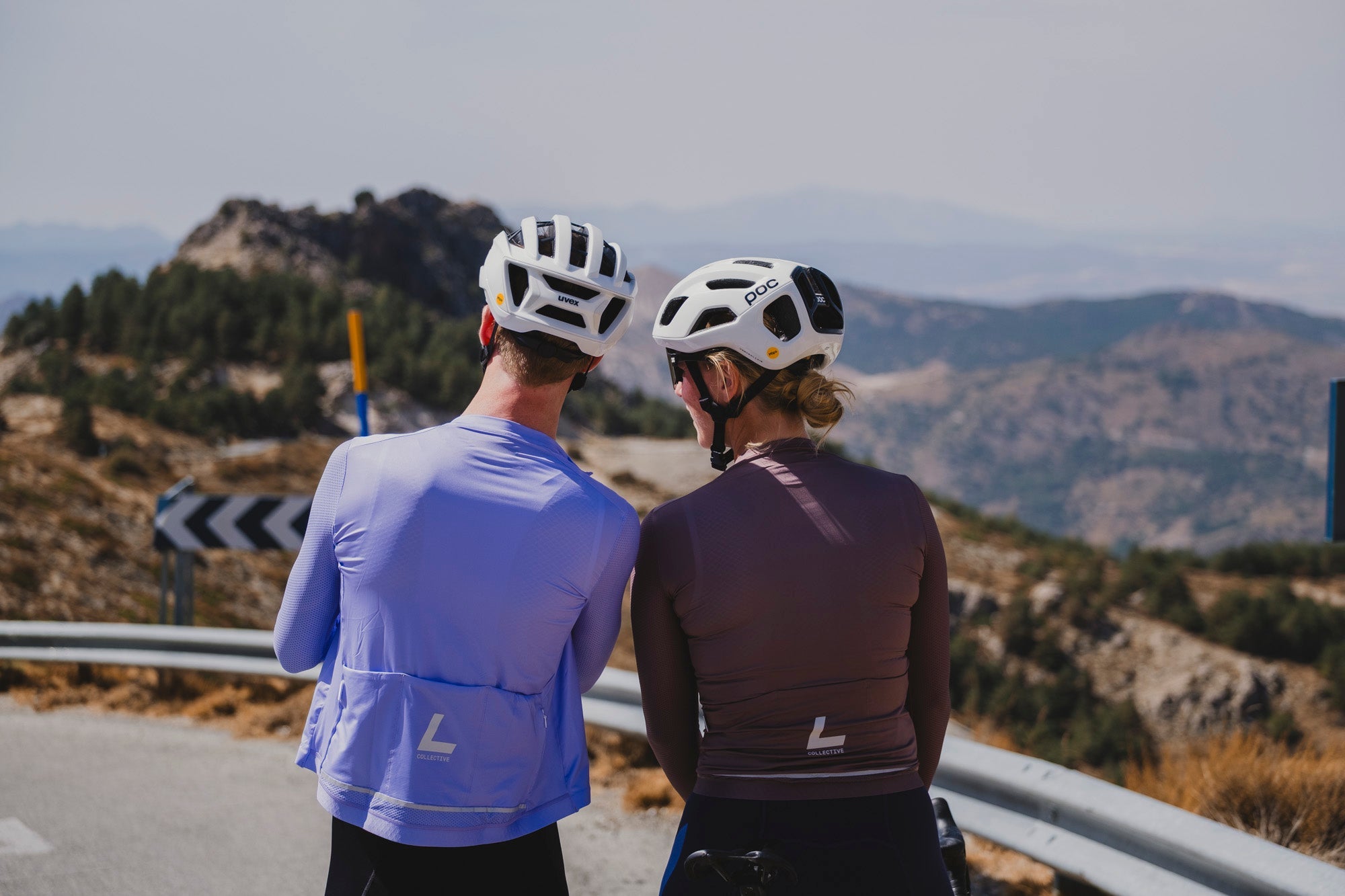
Dresy
